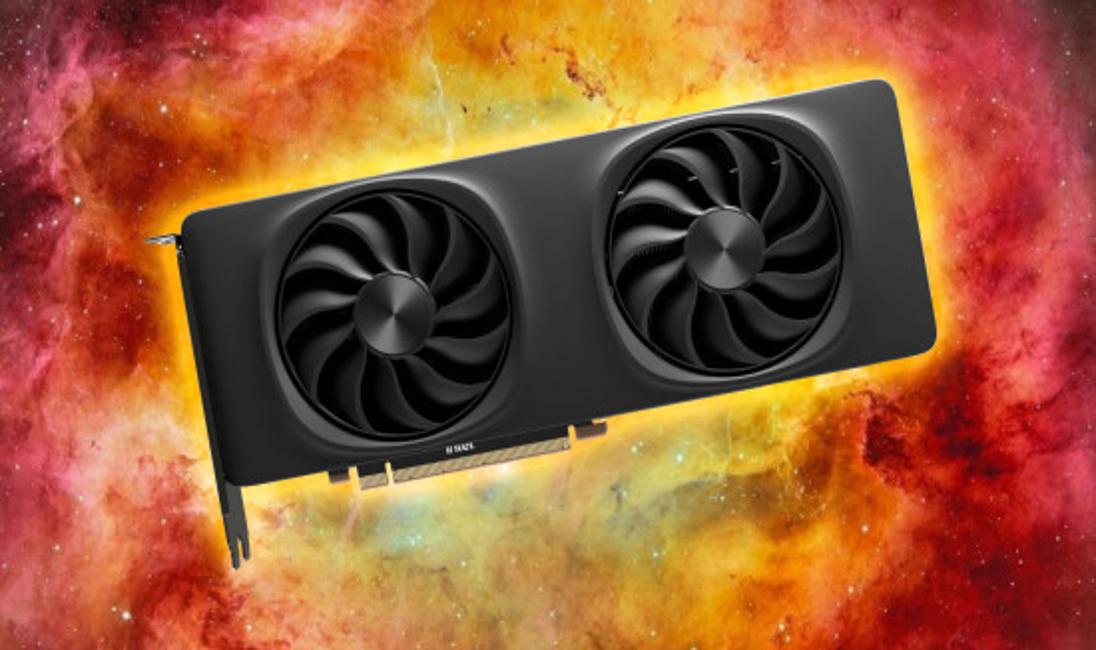Okay, so, Intel GPUs. Right now, they're… well, let's just say they're not exactly setting the gaming world on fire. They're competent, sure, especially for integrated graphics, but if you're chasing high frame rates and ultra settings? You're probably looking elsewhere. But hold on! The winds are changing. There's new tech on the horizon, and the promise is… substantial. We're talking potentially quadrupling your frame rates. I know, I know, it sounds like marketing hype, but stick with me.
The Frame Rate Revolution? What's the Secret?
So, what's the magic bullet here? The short answer is software optimization, but that glosses over some fascinating details. See, Intel's been working on refining their drivers and implementing clever techniques to squeeze every last drop of performance out of their GPUs. Think of it like tuning a car engine. You can have all the horsepower in the world, but if the engine isn't tuned properly, you won't get the performance you expect. And Intel's integrated GPUs need a lot of tuning.
Specifically, a lot of this performance boost seems to be coming from better utilization of available resources and reducing bottlenecks. Modern games are complex beasts, constantly juggling textures, shaders, and a million other things. If the GPU is waiting on data, or if one part of the pipeline is overloaded, your frame rate tanks. This new tech is aiming to smooth out those bottlenecks.
My Experience Matters: Seeing is Believing (Almost)
I've been messing around with pre-release versions of this tech, and while I can't share specific benchmark numbers (NDA, you know how it is), I can tell you that the improvements are noticeable. Games that were previously chugging along at borderline playable frame rates are now… well, they're still not going to win any awards, but they're definitely smoother and more enjoyable. It's the difference between a slideshow and something resembling actual gameplay. The frustrating thing about this is, the jump is completely game-dependent and will depend on what kind of CPU it's paired with.
But, here's the thing: it's not just about raw frame rates. It's about the overall experience. A smoother, more responsive game feels better, even if the numbers on the screen aren't dramatically higher. Think about it this way: a consistent 30 FPS is often preferable to a wildly fluctuating 40-60 FPS. Consistency is key. Intel UHD Graphics are getting a boost.
Beyond the Numbers: Implications for Gaming and Beyond
Okay, so maybe you're not a hardcore gamer. Maybe you're just someone who wants to watch YouTube videos in peace without your laptop turning into a portable space heater. This tech has implications for you, too. Better GPU performance means smoother video playback, faster content creation, and an overall more responsive system. Think about it: video editing, graphic design, even just browsing the web – all of these tasks benefit from a more powerful GPU. And who doesn't want that?
Actually, that's not quite right. There are definitely people who don't care about GPU performance. My grandma, for example, is perfectly happy with her flip phone and dial-up internet. But for the rest of us… this is good news.
Intel's Gaming Evolution: A Work in Progress
Look, let's be realistic. Intel GPUs aren't going to suddenly compete with high-end Nvidia or AMD cards. Not yet, anyway. But this new tech represents a significant step forward. It shows that Intel is serious about improving their graphics performance, and that they're willing to invest in the software side of things to make their hardware shine. And, you might be wondering how this fits into the broader GPU landscape? It's all about options. More competition is good for everyone. The more players there are in the GPU market, the more innovation we're likely to see. And that benefits gamers, content creators, and everyone in between.
I initially thought this was just about making games run slightly better on low-end hardware. But after looking deeper, I realized it's about something bigger: making technology more accessible. Not everyone can afford a $1000 graphics card. But if Intel can deliver a decent gaming experience on integrated graphics, it opens up the world of PC gaming to a whole new audience. The future of gaming may surprise you.
And here's an interesting tidbit: Did you know that Intel actually used to be a major player in the discrete graphics card market? Back in the late 90s, they released the Intel740, which was… well, let's just say it wasn't exactly a smashing success. But it shows that they've been in this game for a while, and they're not giving up anytime soon.
FAQ: Intel GPU Frame Rate Boost
Will this new tech magically turn my Intel GPU into a gaming powerhouse?
No, sadly, it won't. Let's be realistic: even with these improvements, an Intel GPU isn't going to compete with a high-end dedicated graphics card. But it will significantly improve performance, especially in games that were previously struggling. Think of it as a boost, not a transformation. And while the 4x frame rate increase is the potential, it's also likely best-case scenario.
How do I know if my Intel GPU will benefit from these updates?
The good news is that these optimizations are generally applied through driver updates. So, if you have a relatively recent Intel GPU and you keep your drivers up to date, you should automatically see the benefits. However, older GPUs might not be fully supported. It's always a good idea to check Intel's website for the latest driver information and compatibility details.
Why is my frame rate still low even with the new tech?
There are a ton of reasons why your frame rate might be low, even with the latest and greatest tech. Your CPU could be bottlenecking your GPU, your game settings might be too high, or you might have other applications running in the background that are hogging resources. It's worth experimenting with different settings and closing unnecessary programs to see if that helps.
Does this mean I can finally play Cyberpunk 2077 on my Intel integrated graphics?
Well… maybe. But don't expect miracles. Cyberpunk 2077 is a notoriously demanding game. While these optimizations will likely improve performance, you'll probably still need to run the game at low settings and a lower resolution to get a playable frame rate. But hey, at least it might be playable!
- First important point about the content
- Second point with detailed explanation
- Another noteworthy detail
- Final concluding thought





















































